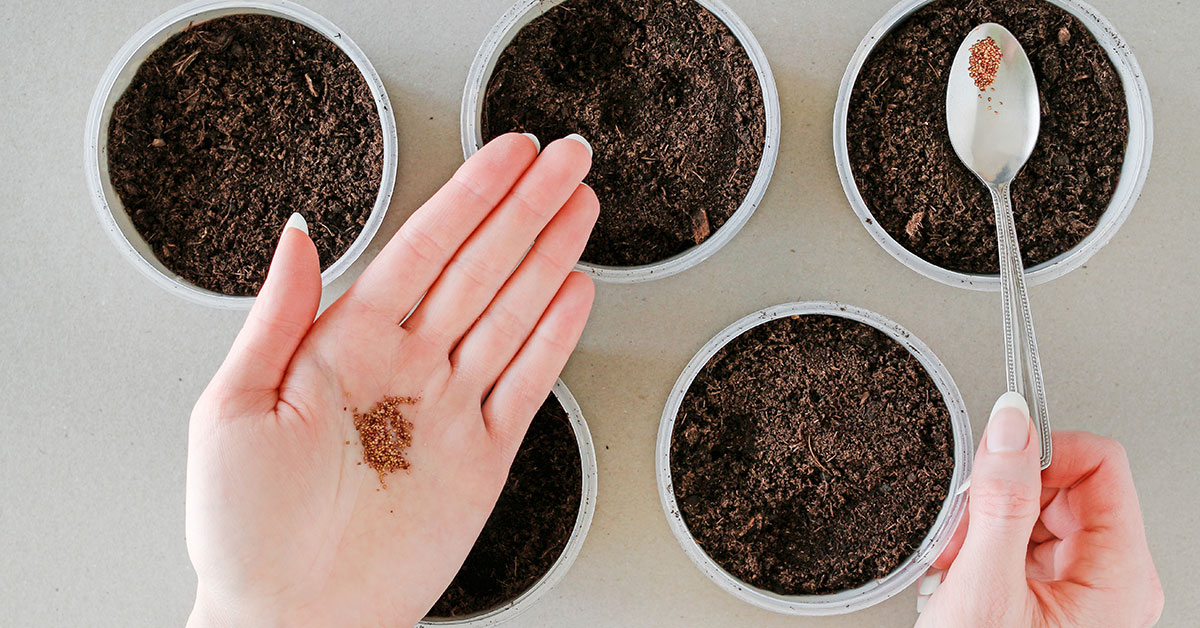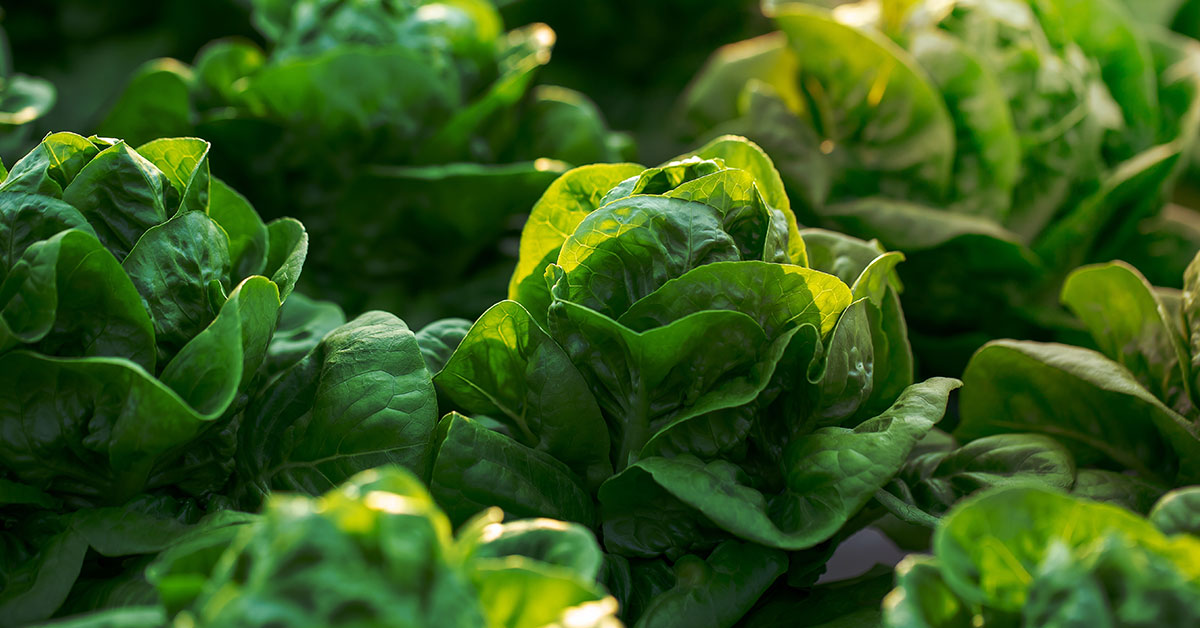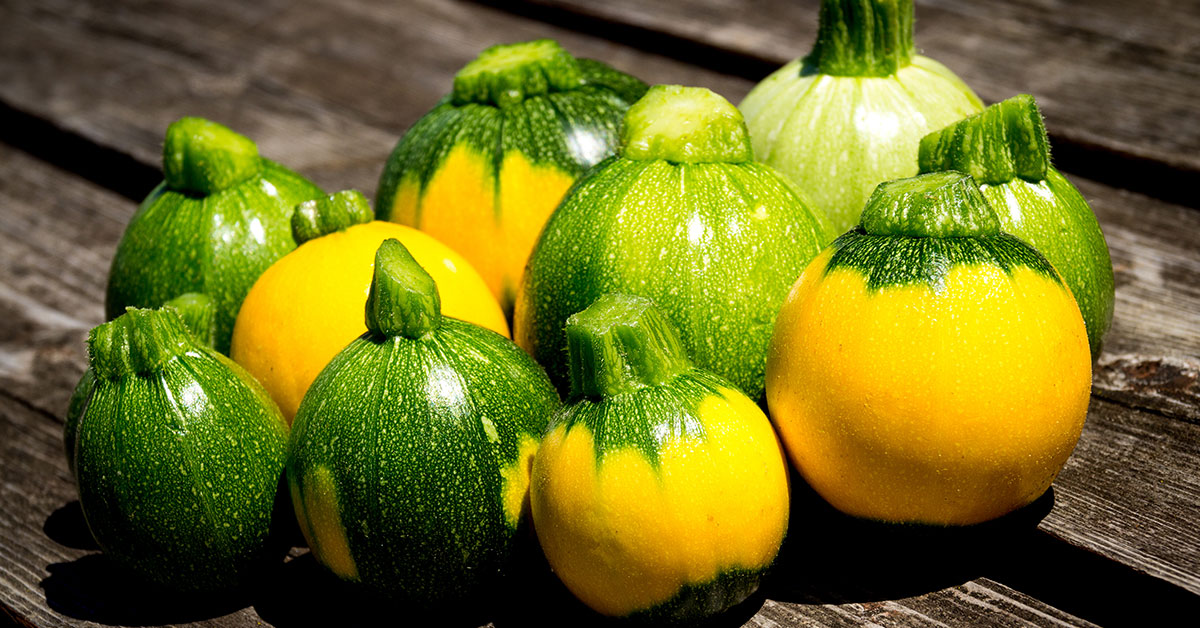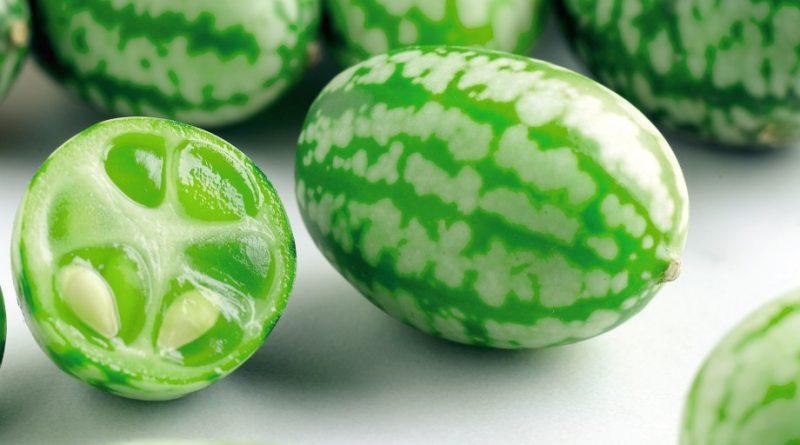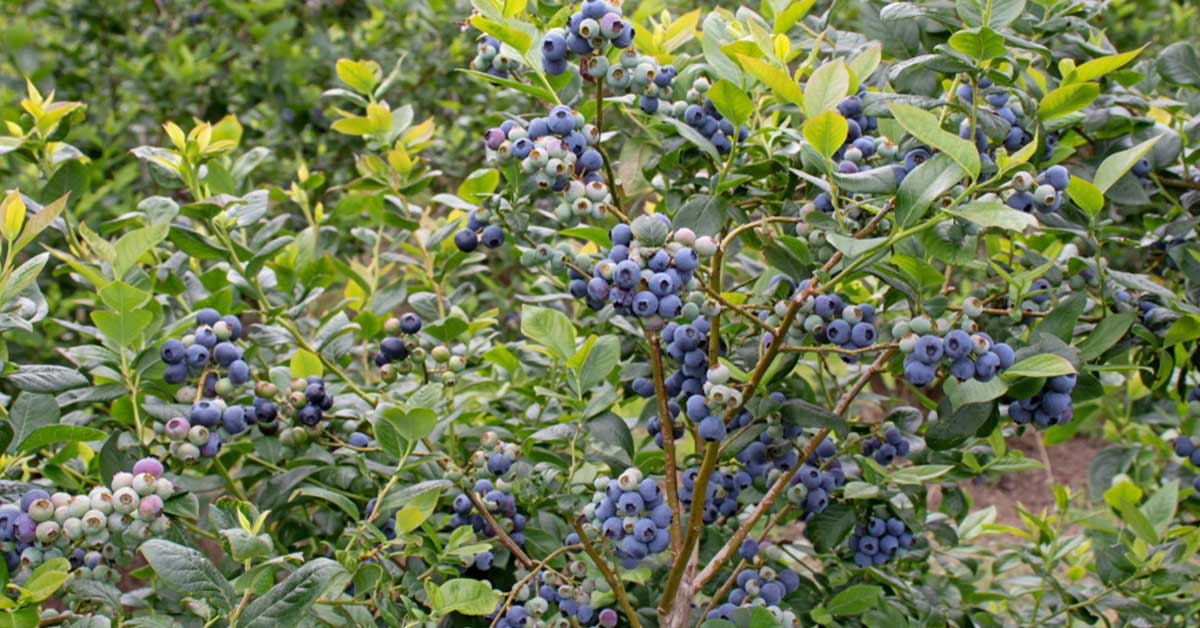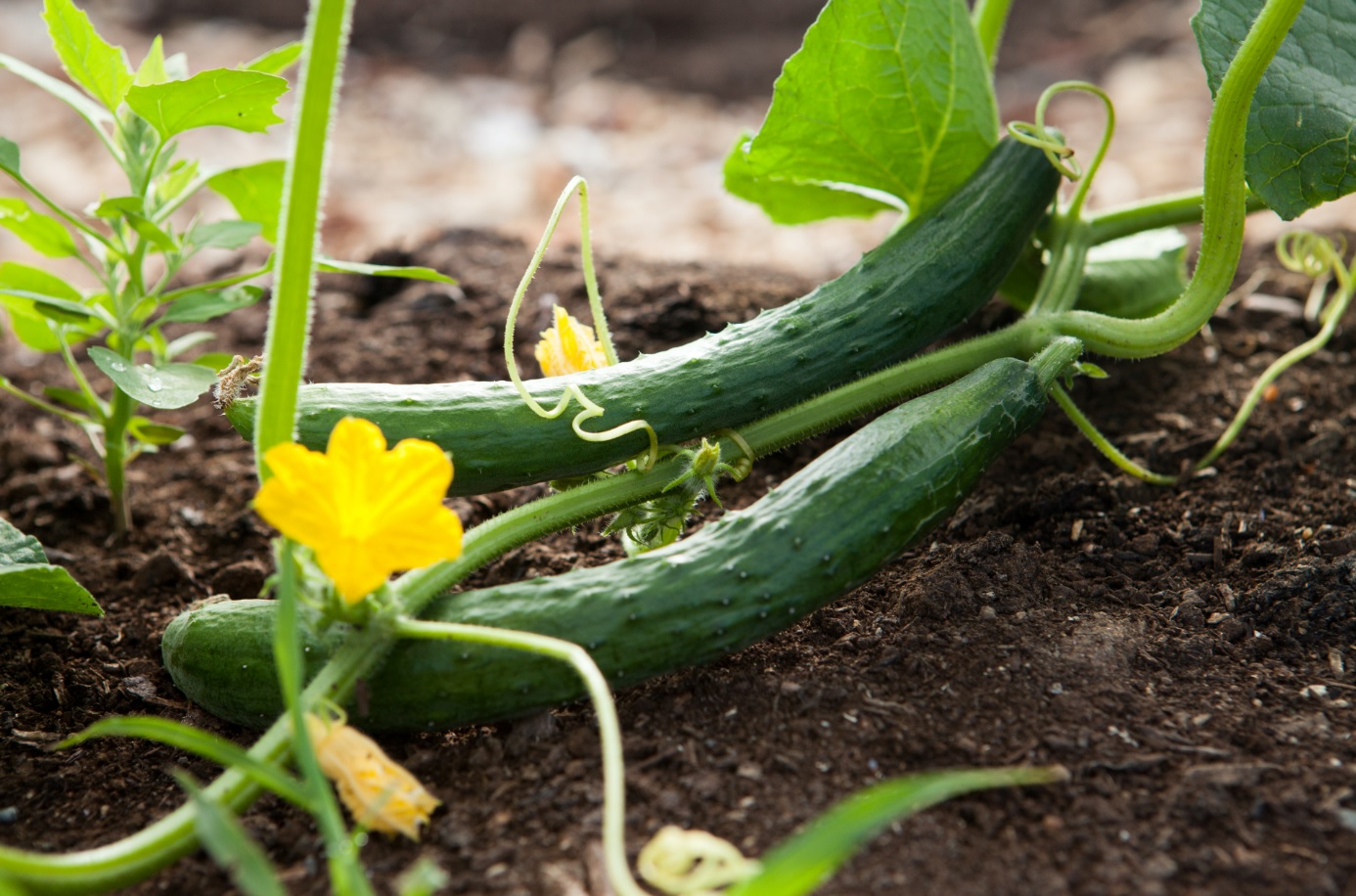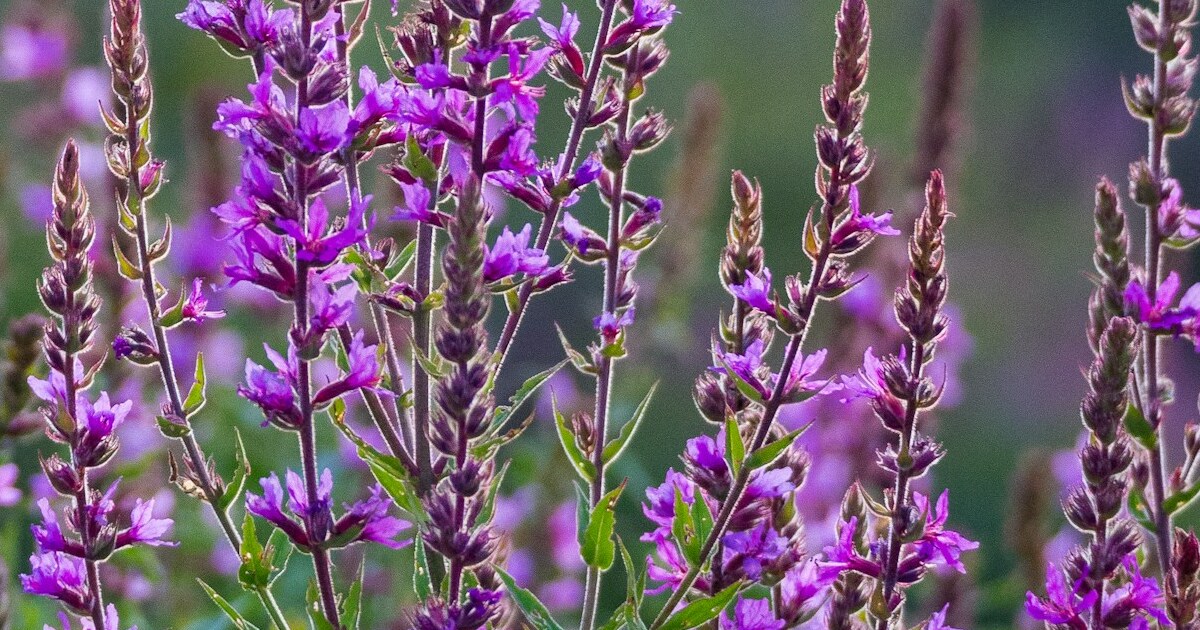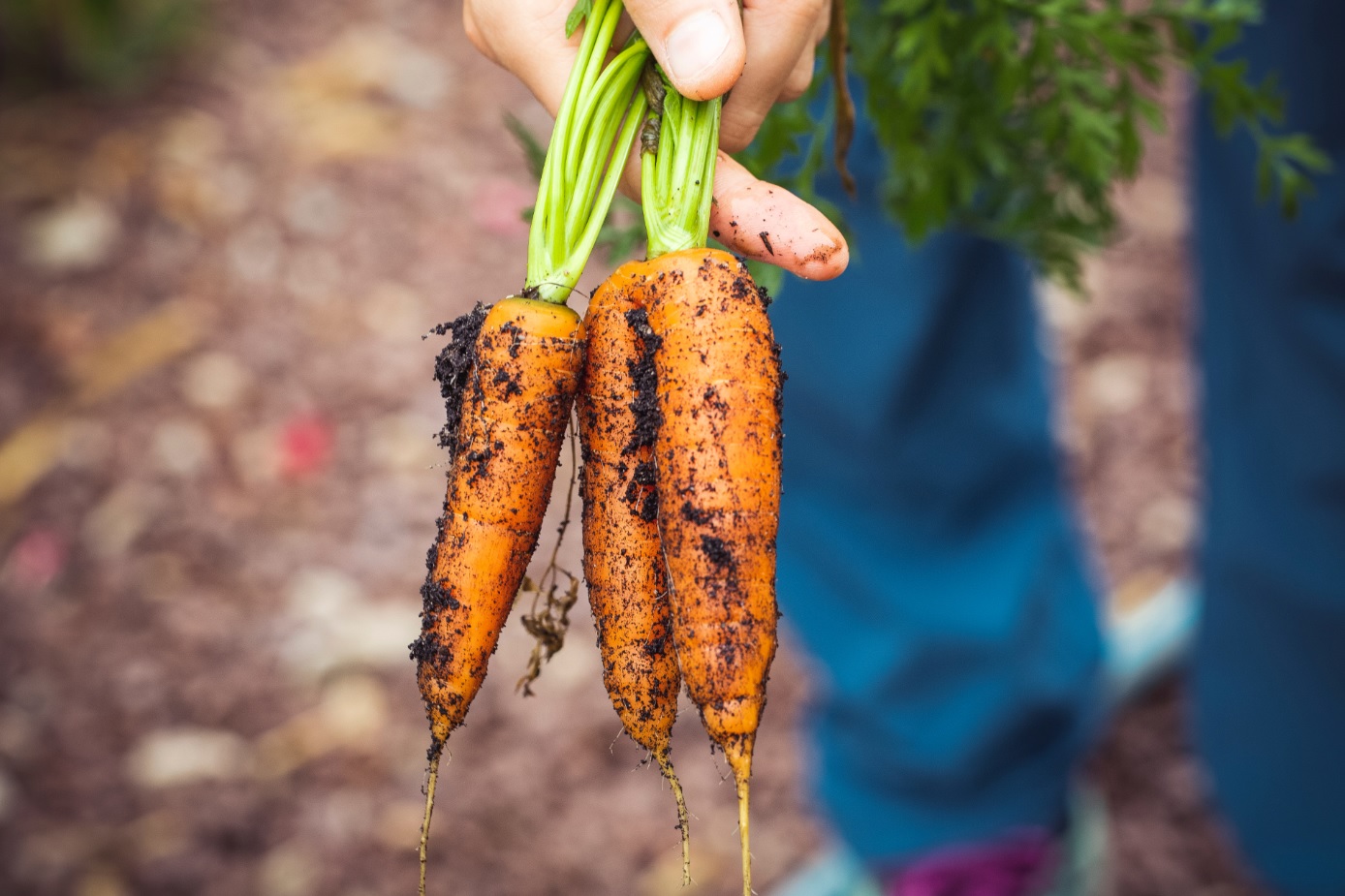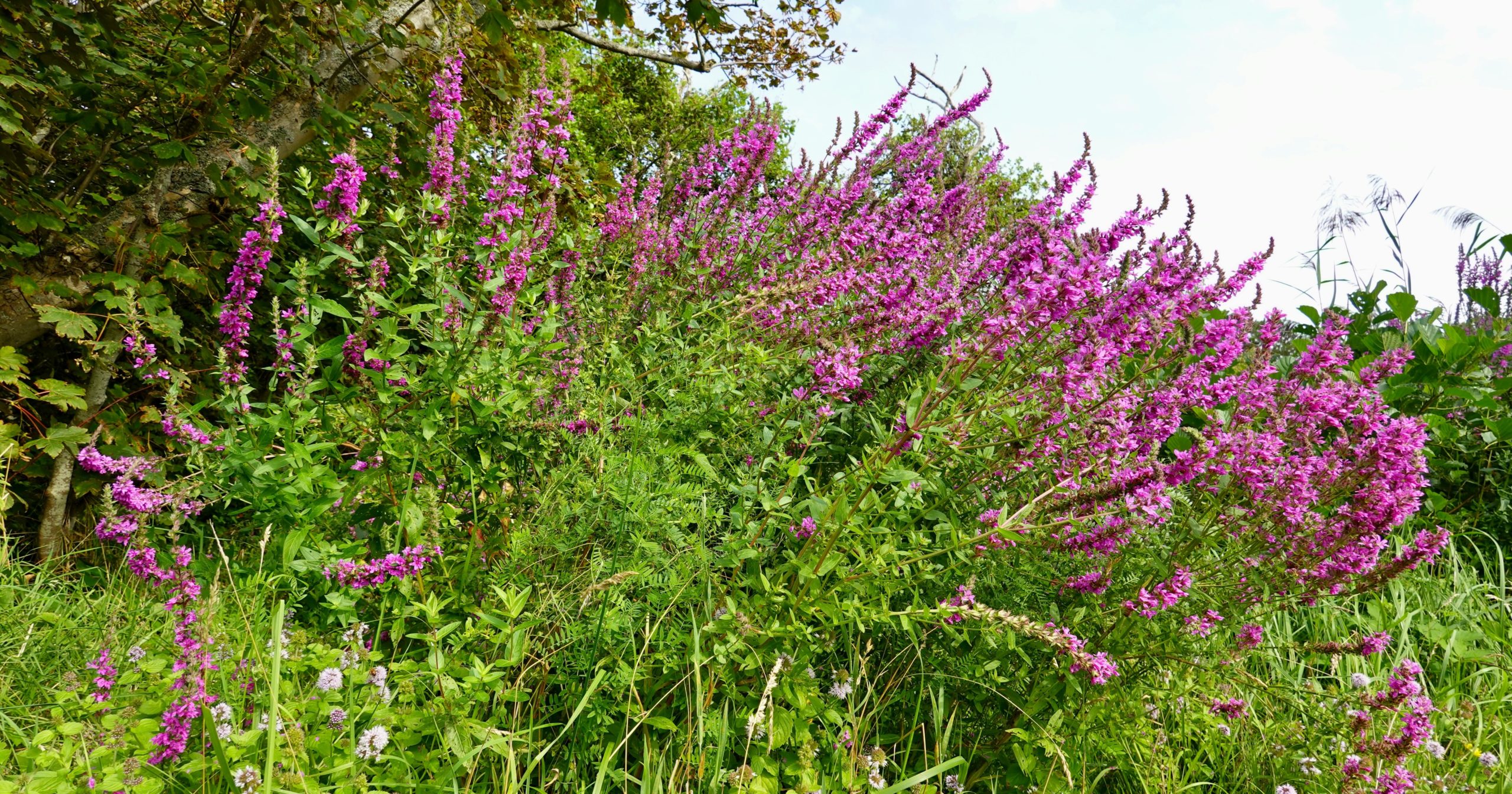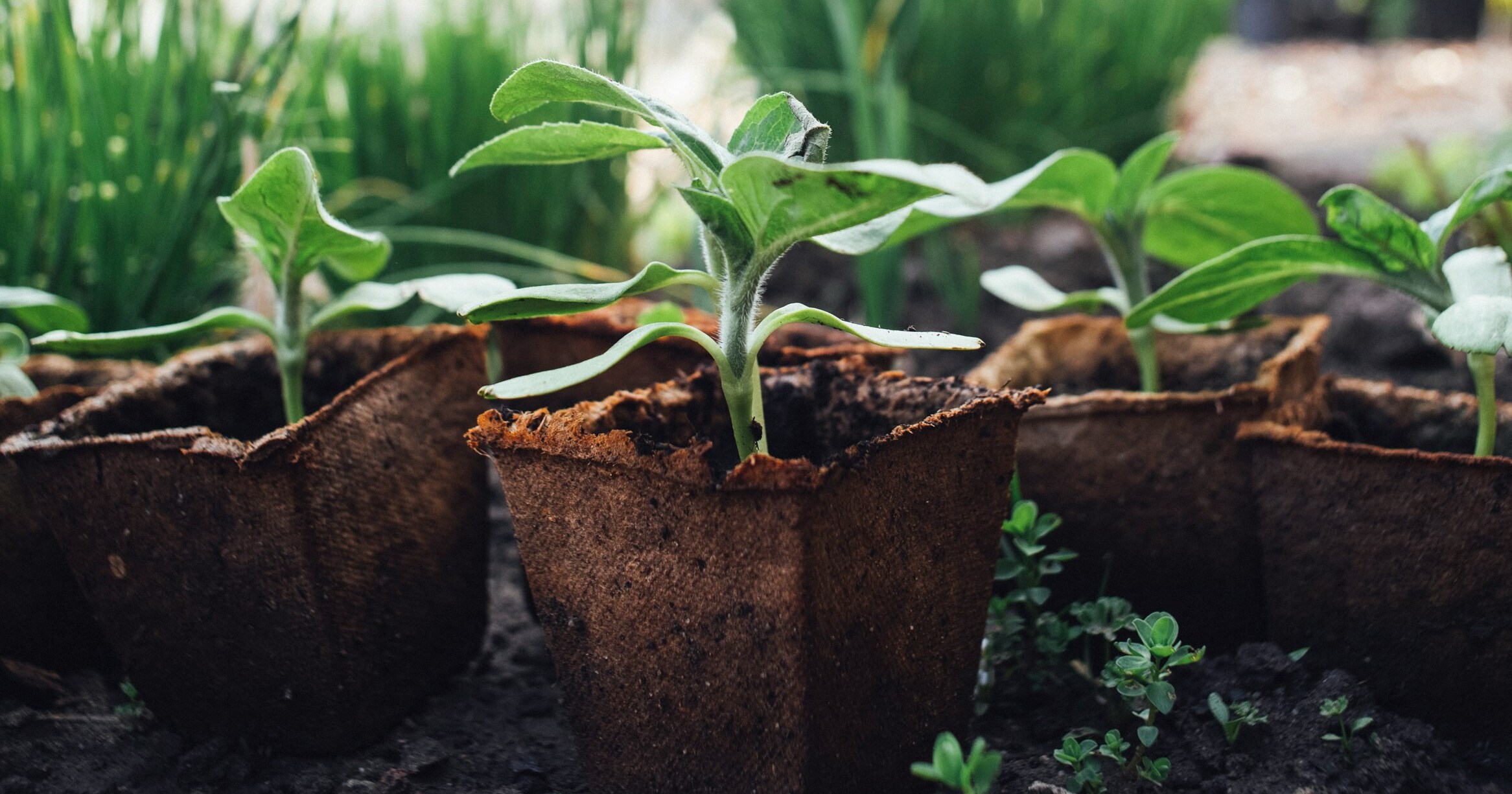Many gardeners buy strawberry plants or seedlings from a nursery when they want to start growing these delicious berries. However, with a bit of patience and the right techniques, you can collect, store, and save your own strawberry seeds. Not only is this a cost-effective method, but it also allows you to continue growing the varieties you love. Here’s a step-by-step guide on how to do it.
How to save strawberry seeds
If you want to save strawberry seeds, it’s a little bit more involved than picking them off a fruit and throwing them in a bag. Let’s go over how to select the right seeds, dry the seeds, and store the seeds:
1. Choose the Right Berries
Start with a ripe, healthy strawberry from a plant variety you love. Select the most vibrant, disease-free berries you have, as these will have the highest chance of producing healthy, robust plants.
2. Extract the Seeds
Each strawberry’s surface is dotted with tiny seeds. You can remove them by scraping the strawberry gently with a knife or rubbing it against the coarse side of a grater. This will loosen the seeds, allowing you to collect them.
Another method is to place the strawberry in a blender with some water and give it a quick pulse. The seeds are hardy and should survive this process. After blending, pour the mixture into a bowl and wait. The viable seeds will sink to the bottom, while the fruit pulp and any dead seeds will float. You can then pour off the unwanted material and collect the seeds at the bottom.
3. Dry the Seeds
Spread the collected seeds thinly on a paper towel or a plate and allow them to dry. Place them in a cool, well-ventilated location out of direct sunlight. Depending on the conditions, this could take a few days to a week. Ensure the seeds are completely dry before moving to the next step.
Storing Strawberry Seeds
Storing strawberry seeds for next year’s garden is a pretty simple and straight-forward process overall. Follow these steps:
1. Prepare the Seeds for Storage
Once your strawberry seeds are thoroughly dry, it’s time to prepare them for storage. At this point, it’s helpful to remove any remaining fruit debris to prevent mold or fungus during storage.
2. Package the Seeds
Package the seeds in paper envelopes or small glass jars. Avoid using plastic bags or containers, as they can encourage condensation, which may lead to mold growth.
Label your containers with the strawberry variety and the date you collected the seeds. This information will be useful when it comes time to plant.
3. Store the Seeds
Store your seeds in a cool, dry, and dark place. The back of a refrigerator can be an excellent option. The cold environment can help maintain seed viability. If you use a refrigerator, consider placing the seeds in an airtight container to protect them from any moisture.
Germinating Strawberry Seeds

When you’re ready to plant your saved strawberry seeds, remember that they might require a period of cold stratification—exposure to a cold, moist environment for a few weeks—to break dormancy and encourage germination. This mimics the natural conditions of winter, after which seeds would typically germinate in the wild.
1. Cold Stratification
About a month before you’re ready to plant, place your seeds on a moistened paper towel or a piece of cheesecloth, fold it, and put it in a labeled zip-top plastic bag. Store this in the refrigerator, not the freezer, for around 3-4 weeks.
2. Planting
After stratification, sow your strawberry seeds indoors in seed trays filled with a seed-starting mix. They should be surface sown, as they need light to germinate. Keep the trays in a warm, well-lit location.
3. Care
Keep the soil slightly moist but not waterlogged. With the right conditions, your seeds should begin to germinate in a few weeks. Once the seedlings have developed a couple of sets of trueleaves, they can be transplanted to larger pots or directly into your garden, depending on your climate and the time of year.
Saving strawberry seeds can be a rewarding practice, allowing you to propagate your favorite varieties year after year. With a little patience and attention to detail, you can collect, store, and germinate your own strawberry seeds. Not only will this save you money, but it will also enhance your connection with your garden and the cycle of growth and renewal.
